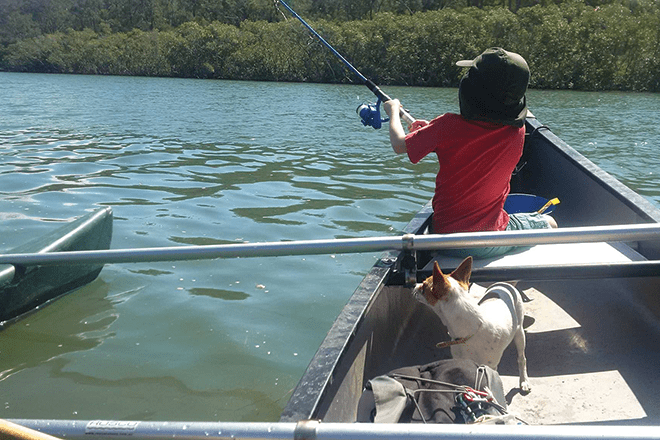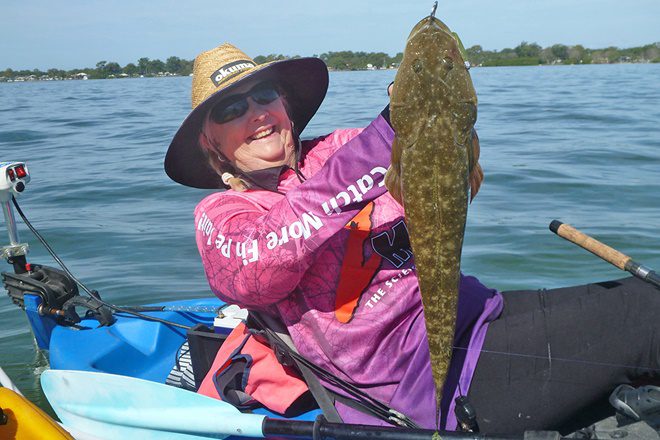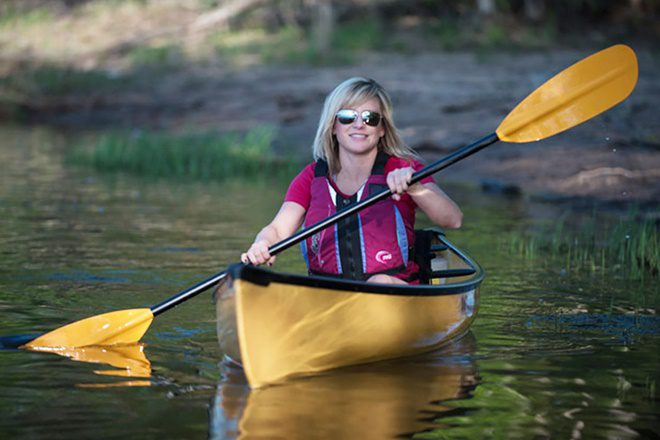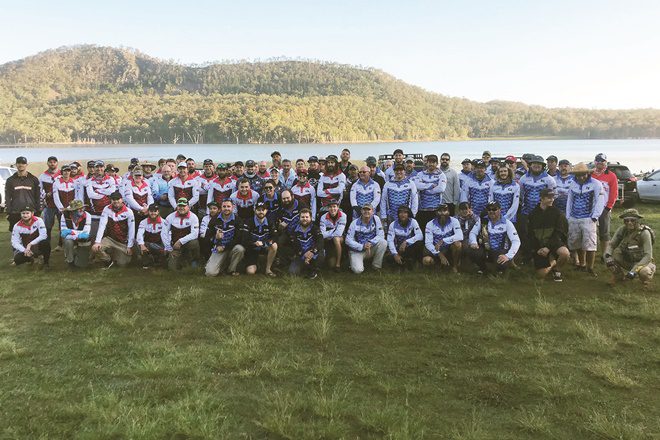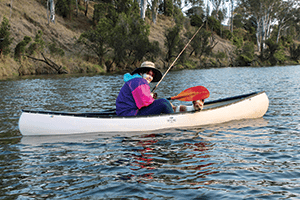
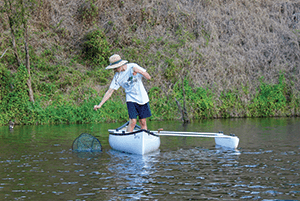
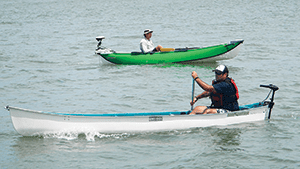
WITHOUT doubt, kayak fishing is one of Australia’s rapid growth activities.
More and more amateur anglers are hitting the water in an array of craft, from cheap plastic sit-on kayaks to top-end composite offshore fishing kayaks, fishing in waters from narrow freshwater creeks to open lakes and oceans.
It’s no surprise really; paddle craft offer anglers a low-cost and hassle-free method to get off the riverbank or ocean shore and onto the water. They are, generally speaking, lighter and easier to manage by yourself than a tinnie and can in some instances get into places boats can’t.
The one style of paddle craft that is seemingly overlooked in the fishing world is the humble canoe, despite its long history as a traditional fishing craft. This to me seems a shame because it truly is a versatile and very capable fishing platform with a lot of very positive attributes.
So, in the interests of defending the honour of canoes, I shall outline what I think are the five best things about fishing from a canoe.
Carrying capacity
If there’s one thing canoes do well, it’s carrying gear! Most canoes are somewhere around the 14’-15’ range and can carry up to 350kg of passengers and equipment. In general, that will accommodate two average-sized paddlers, fishing gear, food and drinks and a good size Esky to take your catch home in. Better still, with all that gear on board you’ll still have space to swing a rod!
Versatility
Canoes may be simple but their possibilities are endless. Most canoes come standard with two seats but can usually be paddled relatively easily by one person or even by three.
Want to take the better half along? No worries, take the canoe…
Want to go out alone? No worries, take the canoe…
Want to take the kids? No worries, put in a spare middle seat and take the canoe!
Canoes are also very easy to configure with rod holders, fishfinders and camera mounts. In most cases a couple of simple bolts through the side of a canoe are all that is needed to set up your new fishing boat. All you need to decide then is which camera angle will capture your next catch.
Stability
Most recreational canoes are designed to be stable, confidence-inspiring paddle craft. They have enough width to ensure you can comfortably sit and relax while waiting to hook your next monster. In some cases, they can be stable enough to allow the paddler to stand and cast.
And if that’s not enough, take a leaf from our Pacific Islander friends and add an outrigger to your boat. Now your canoe is a stable platform from which to cast a line, retrieve a pot or fight that reluctant fish.
Power options
The hull on a canoe is indeed an agreeable beast. It’s happy being pushed along by a single or double-bladed paddle, an outboard or even a sail. Modern canoe designs certainly take that into consideration. From low-sided pack canoes designed to be paddled with a longer kayak paddle to square-transom canes with mounts on the rear to facilitate the fitting of an outboard motor, there is sure to be a canoe to suit your needs.
Comfort
Perhaps the single biggest drawback to paddling a kayak is the sitting position. With your feet at the same height as your backside, there is a lot of pressure placed on the lower spine and hips. Many a kayak paddler has complained about dead legs and lower back pain after a few hours in the seat.
Canoes, with their raised seating position, offer some relief to paddlers’ aching posteriors, and being a deal roomier allow them to shift about during the day. The secret is in your ability to get your feet under you slightly in a canoe and take some of the weight off your lower back.
In addition, most canoes can have a backrest fitted to allow the paddler to ease back into an afternoon of fishing.
Interestingly, many of the larger fishing kayaks are now fitted with a raised seat to allow a level of comfort on extended trips.
A word of warning: canoes, like most paddle craft, have their limitations. Unless very experienced, I do not recommend taking a canoe out on open water when there’s a strong wind warning or the chance of a large swell. Canoes, being an open-topped boat, can become swamped in heavy conditions, providing you with an unwelcome dunking.
Most modern canoes will have buoyancy fitted to prevent them sinking completely, but you could still be up for an uncomfortable swim back to shore. On rivers, lakes and sheltered bays, it is hard to beat a canoe as a comfortable and versatile fishing platform.
So, when you’re next in the market for a new fishing platform, give the humble canoe a thought. It might be the right craft to chase those elusive big ones in your secret spot! If you want to know more about fishing from canoes and fit-out options, give me a call at One Tree Canoe Company on 0424 001 646 or visit onetreecanoe.com
Happy paddling.
 Bush ‘n Beach Fishing Magazine Location reports & tips for fishing, boating, camping, kayaking, 4WDing in Queensland and Northern NSW
Bush ‘n Beach Fishing Magazine Location reports & tips for fishing, boating, camping, kayaking, 4WDing in Queensland and Northern NSW

